

This book (now available in Paperback and eBook) offers PGA teaching pros explaining golf's key principles including the meaning of the most important golf terms, how it applies to each aspect of the game, and how to apply it correctly to your game.
Golf is a sport that's often perceived as being difficult and requiring much skill, but professional players and instructors know there are certain key principles that will greatly benefit the game of any player. This guide dives into those principles, so you the Golfer can identify, and improve problem areas in both your long and short game. In this book, PGA teaching pros take you step-by-step through each principle, explaining in detail how to apply each one to the improvement of your game… with insightful suggestions, drills, and helpful photos/illustrations.
Golf is a challenging sport that can be played by people of all ages and abilities, but the golf swing can be tough to master. It is normal to have some aspect of your swing that needs work, nearly everyone does. Just by making a few adjustments, you can make significant changes to your swing path, lengthen or strengthen your drive, improve shot accuracy, and so much more.Please Click Here >
Contents Introduction
Chapter 1: Chunked Shots

“Unlike a thin shot, the fat or “chunked” shot rarely reaches its target because little or no clubface actually contacts the ball.”
Chapter 2: Leaving Bunker Shots in the Sand
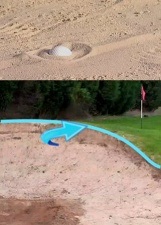
“While you would certainly like to hit your bunker shots up to within a few feet of the cup, you first need to make sure the ball comes out of the sand safely.”
Chapter 3: Thin to Win

“A thin golf shot is one that is struck below the sweet spot on the face of the club.”
Chapter 4: Topped Shots and Ground Balls

“While some topped shots result from jumpy nerves, others are rooted in poor swing mechanics.”
Chapter 5: Closer to the Pin Bunker Shots
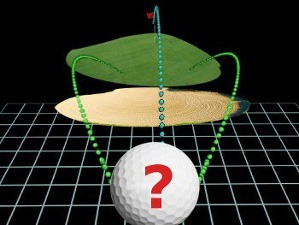
“In the world of greenside bunker shots, those that fall into the 'long' category tend to be the most difficult.”
Chapter 6: Chip Coins for Crisper Contact

“Because a chip is basically a miniature iron shot, you must strike the ball with a slightly descending blow.”
Chapter 7: Hands Lead Clubhead

“There's an easy way to cure these chipping errors: Keep your hands ahead of the clubhead.”
Chapter 8: Club Choice on Approach Shots

“The wind's speed and direction must be accounted for, plus any uphill or downhill slope.”
Chapter 9: Cold Weather Play

“Unless you want to take several months off away from the game, you will need to learn how to play when the temperatures start to drop.”
Chapter 10: Playing from Greenside Rough

“If anything, short shots from rough are more difficult than long shots, because extra precision is required.”
Chapter 11: Short Swing Finish
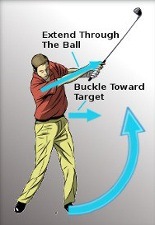
“While there is nothing wrong with wanting to hit the ball a long distance, there is much more to this game than just raw power.”
Chapter 12: Pitching Distance
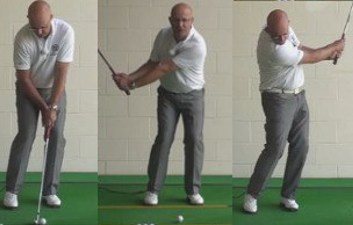
“A good exercise to help control your pitching distance is to picture yourself tossing a ball underhanded to the target spot.”
Chapter 13: Chipping Club Choice

“One of the biggest challenges when chipping is simply the number of decisions you need to make in a short period of time.”
Chapter 14: Inconsistent Golfers
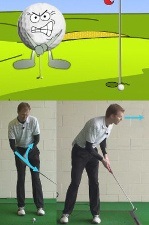
“Inconsistency typically plagues beginners or those who play only occasionally.”
Chapter 15: Hitting Straight Fairways
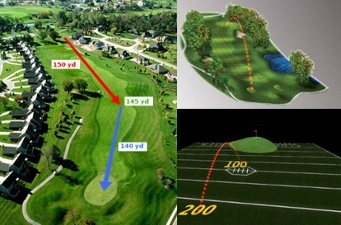
“Fact: Nearly every golf shot, especially those hit with a driver, has some amount of curve.”
Chapter 16: Divots Pointing Left
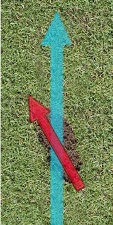
“While you might think of a divot as something that simply needs to be replaced before you move on to your next shot, it can actually be a helpful teaching tool.”
Chapter 17: Different Swings Driver vs Irons
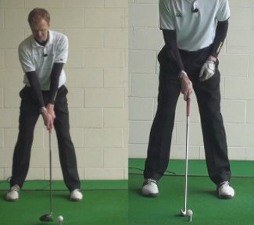
“Fortunately, the driver and iron swings that you are going to make are more alike than they are different.”
Chapter 18: The “Sucker Pin”
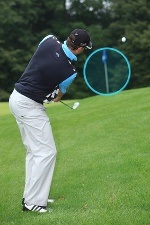
“Basically, a sucker pin is any location where the risk-reward equation doesn't add up in your favor.”
Chapter 19: Late-Round Fatigue

“Even if it doesn't have the same physical requirements as games like basketball and football, golf is still a sport.”
Chapter 20: Steering the Ball
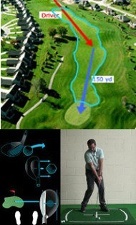
“Stepping up to the tee and seeing a tight fairway stretched out in front of you is an intimidating experience, to say the least.”





